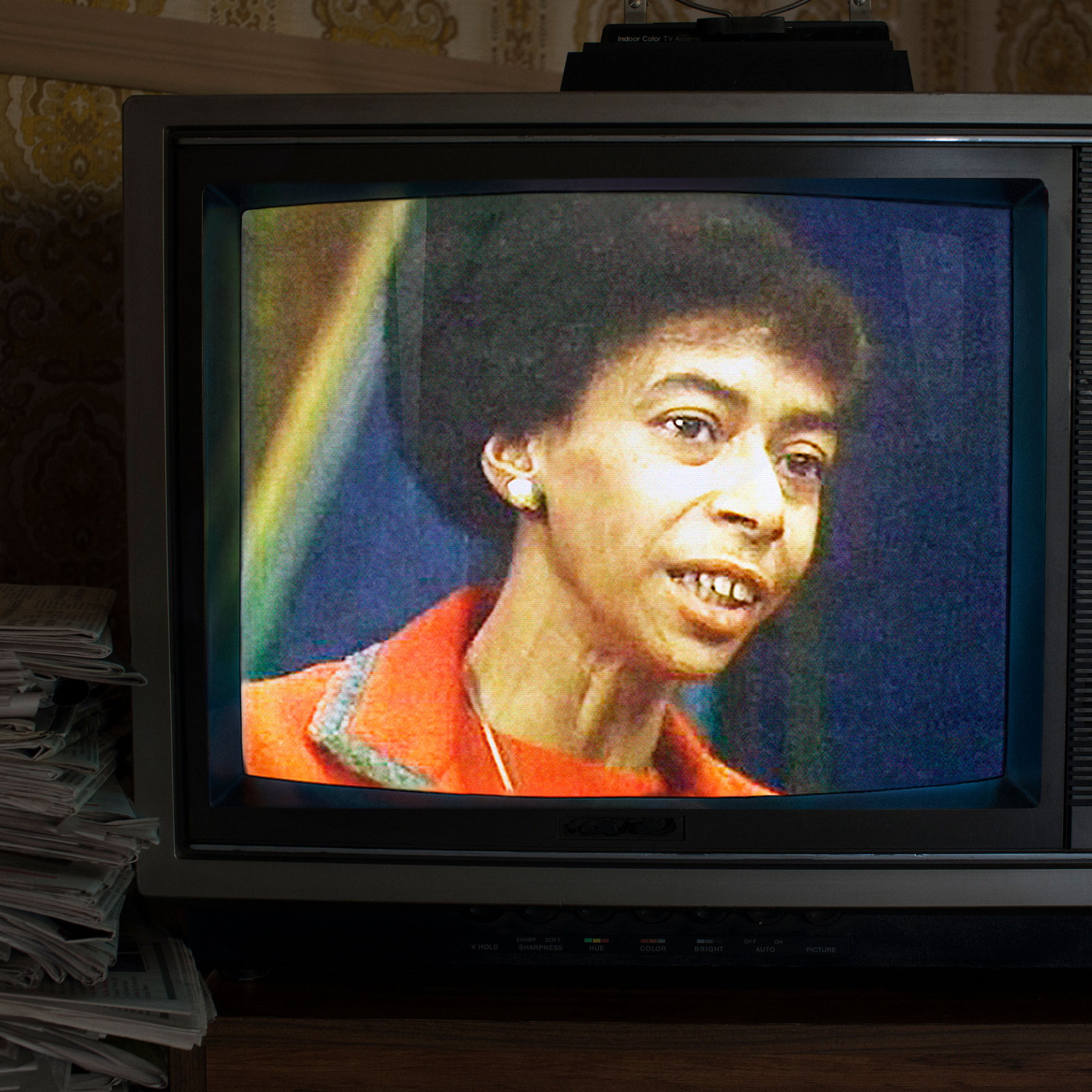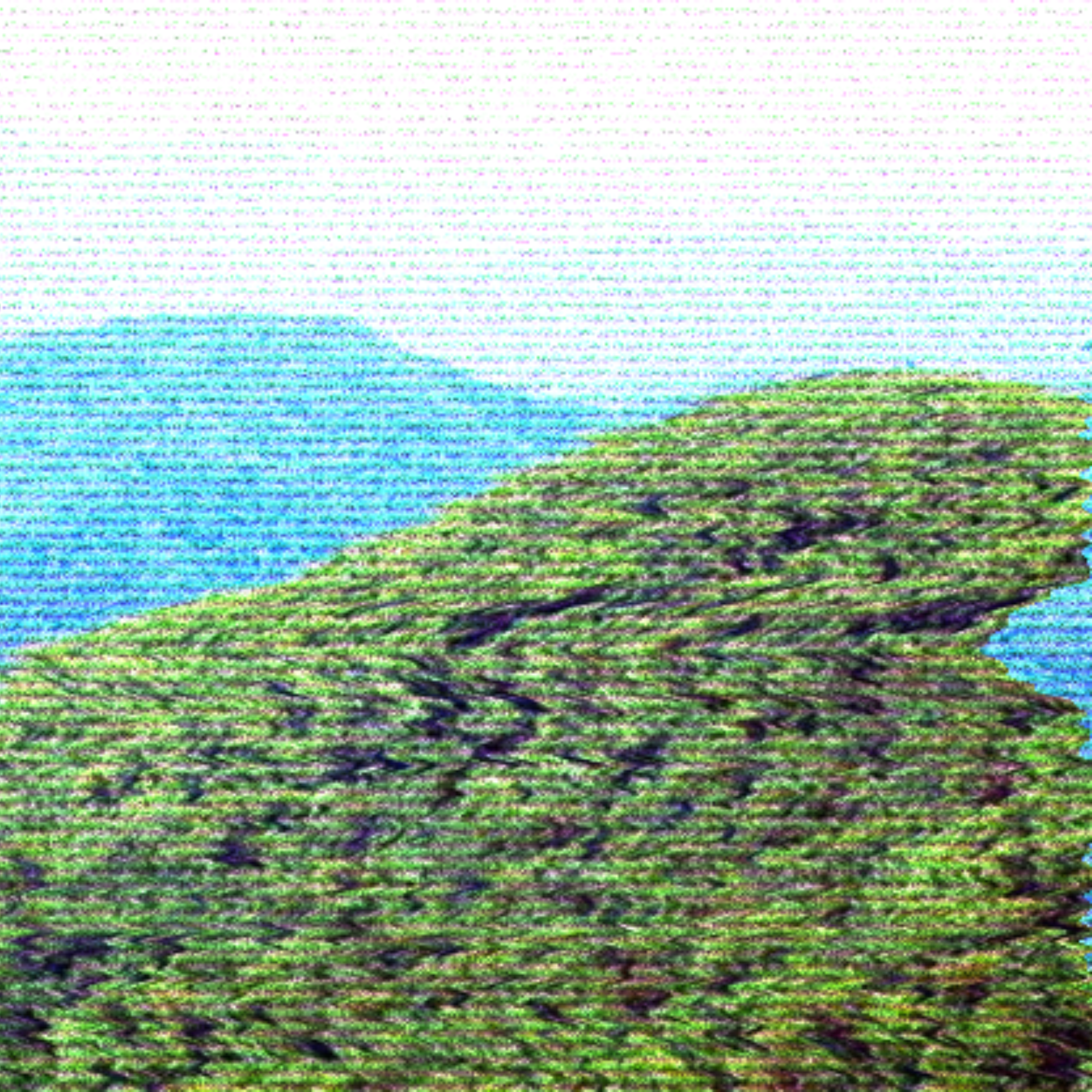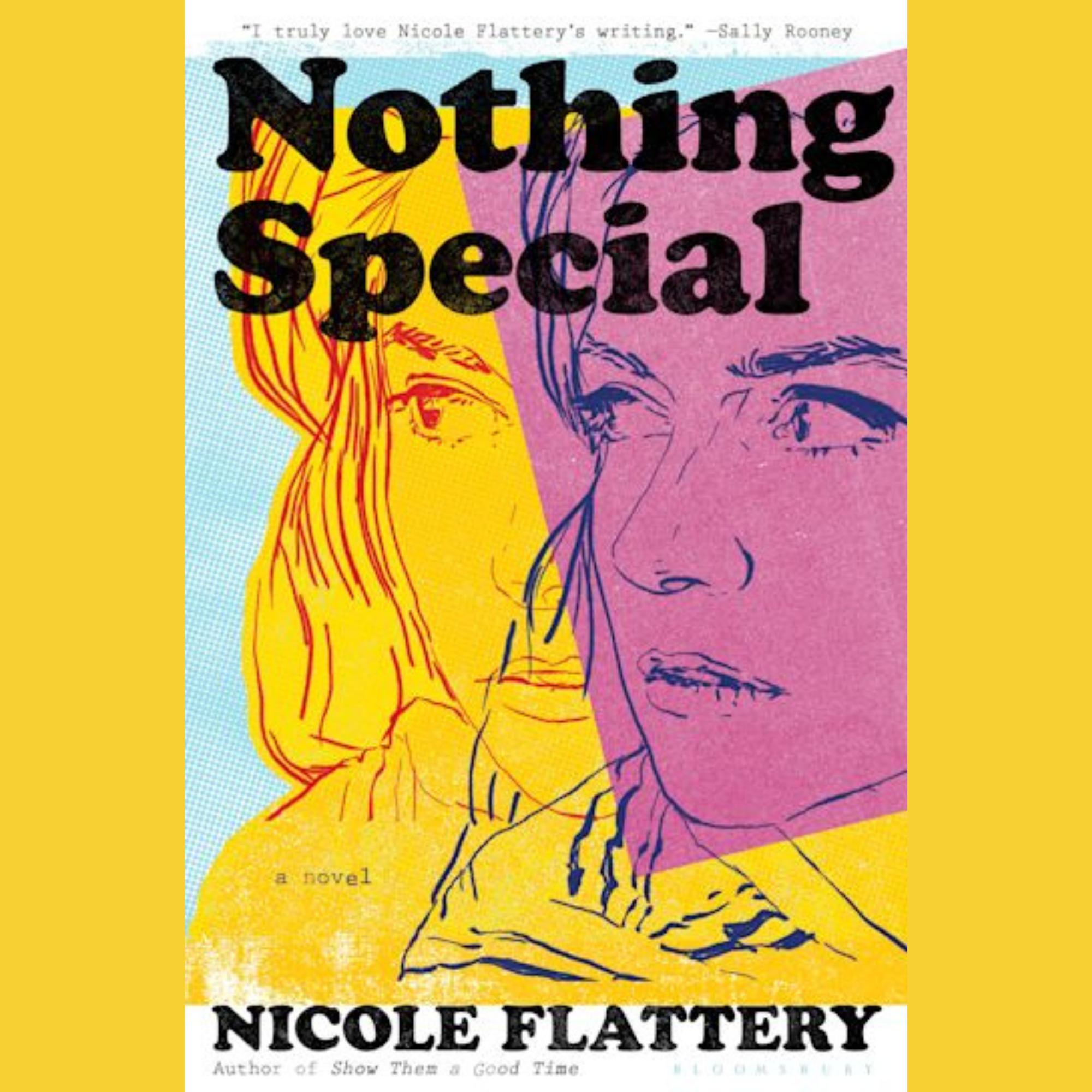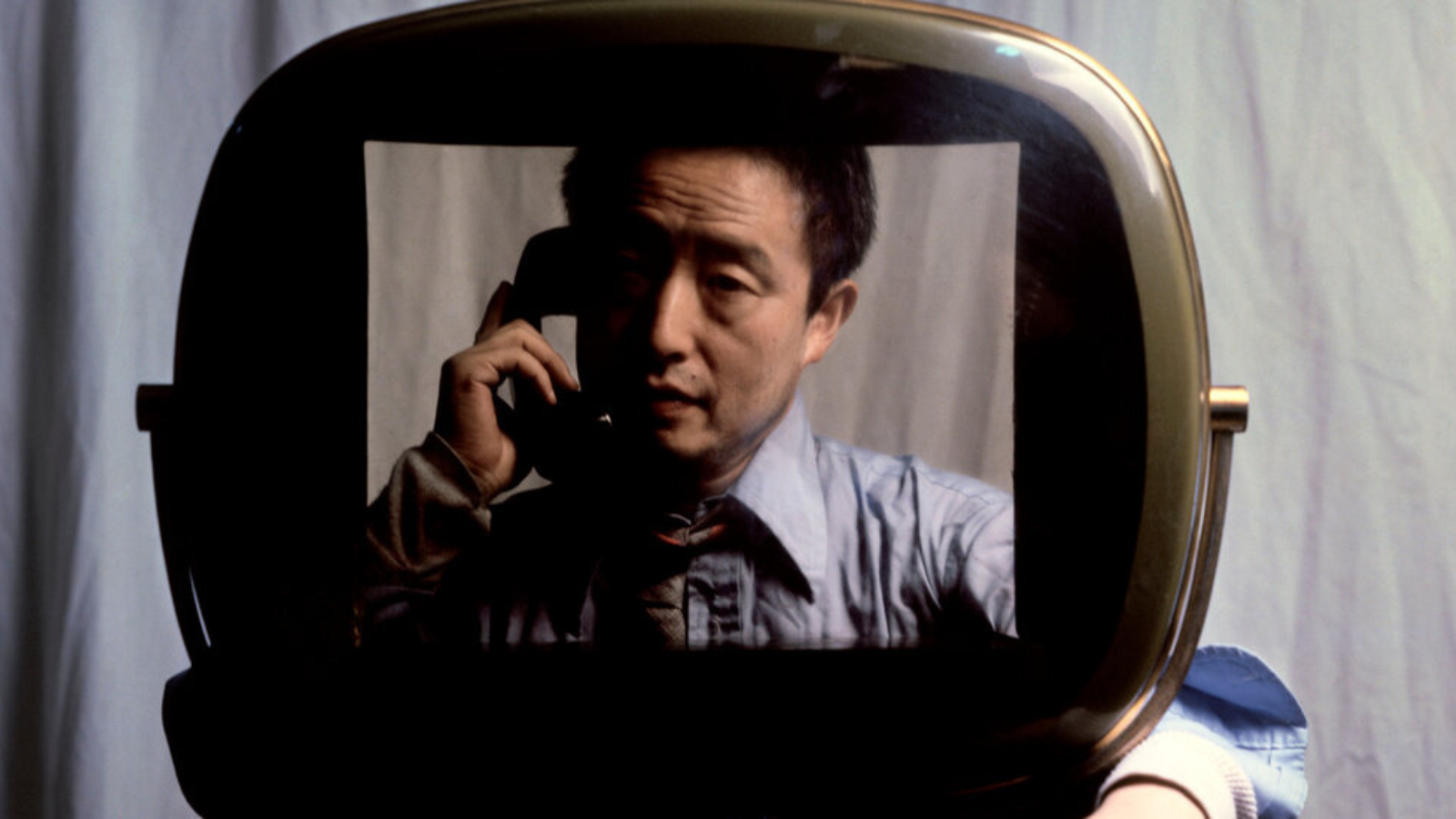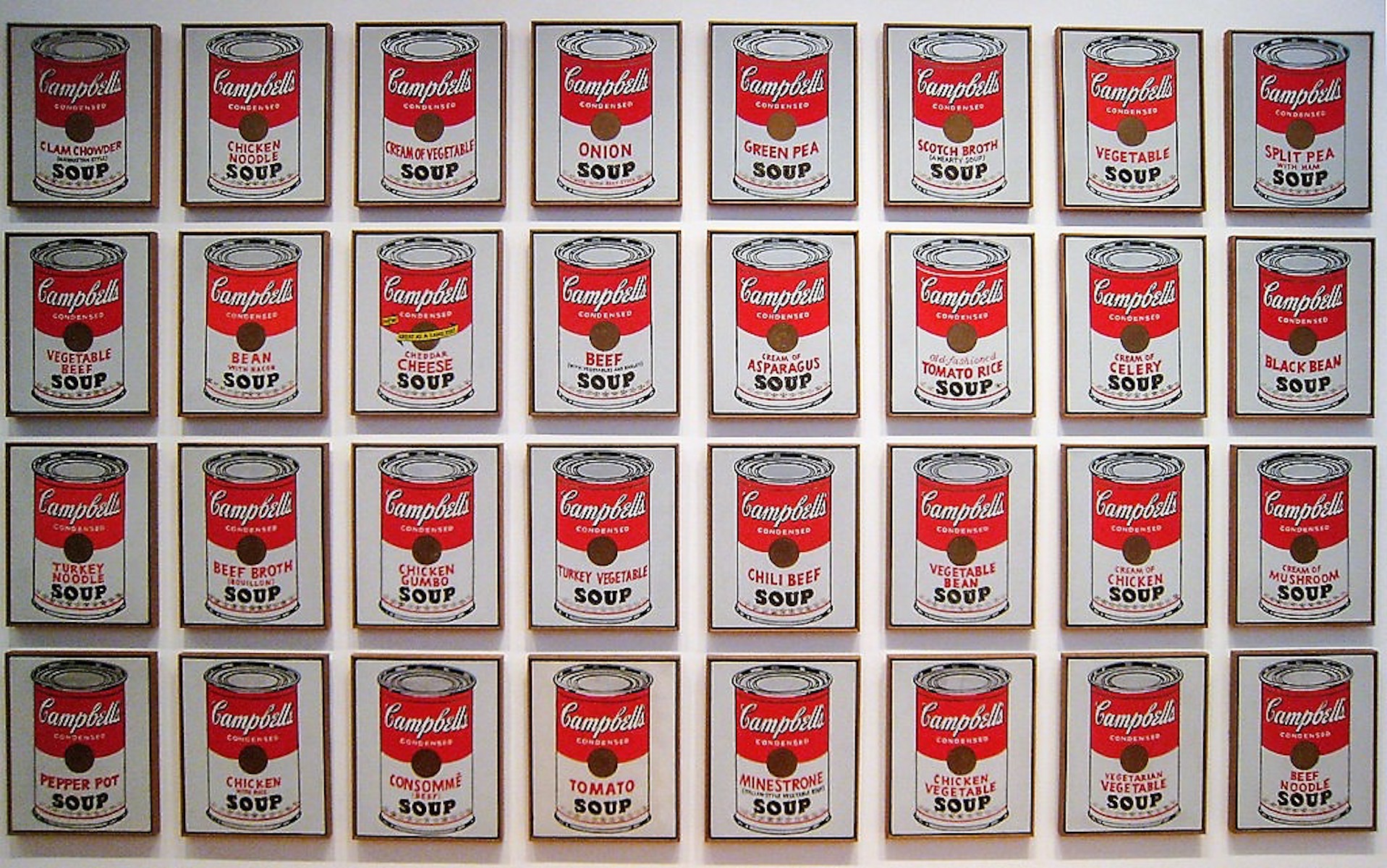- Magazine Dirt
- Posts
- Luna Luna
Luna Luna
An archivist’s perspective.


Claire Shaffer on conservation as entertainment.
Within a large warehouse on the industrial east side of the L.A. River, a stone’s throw from the newly rebuilt 6th Street Viaduct bridge, a Ferris wheel constructed in the early 20th century spins and spins, empty of riders. The structure itself is unremarkable, its continued operation notwithstanding. The real draw here is that the wheel’s white frame is covered in surreal drawings designed by the late Jean-Michel Basquiat: references to Jim Crow and Charlie Parker, slobbering dogs and the words “bleeding fingers,” a baboon’s entire ass on the ride’s backside. Miles Davis’ “Tutu” provides the wheel’s soundtrack. On the one hand, Basquiat’s defacement shatters the illusion otherwise conjured up by a symbol of whitewashed innocence and merriment; on the other hand, the Ferris wheel keeps spinning.
The Basquiat wheel is just one theme park ride featured in Luna Luna: Forgotten Fantasy, an exhibition that pays tribute to the avant-garde fairground organized by Austrian multi-hyphenate André Heller. First staged in Hamburg, Germany, in the summer of 1987, Luna Luna brought together 30 artists to design amusement rides and attractions for an all-ages audience. Some, like Basquiat and Keith Haring, were rising stars in the United States at the time; others, like David Hockney, Roy Lichtenstein and Salvador Dalí, were already established and coveted figures in the art world. A great deal more were from Heller’s native Austria and Germany, children of post-WWII Europe before the fall of the Berlin Wall. For all their jovial and, at times, juvenile atmosphere, the attractions at Luna Luna carried an explicitly anti-fascist bent.
Over 250,000 people attended Luna Luna during its initial summer run, but the money dried up before Heller could realize his grand plans to take the fair on the road. Its glittering rides and attractions were packed away into storage, where they remained for 35 years before their “rediscovery” by private investors—including Drake’s production company, DreamCrew—who planned to display them for the public once more. The rebuild and restoration process reportedly cost well into the nine figures, and admission prices reflect that: $30 at minimum for general admission, not including the premium “Moon Pass,” at $65-85 a pop, that will grant you access to several of the show’s funhouse-mirror pavilions.
Article continues below.

SPONSORED BY CAPSULE

Capsule is a new newsletter from The News Movement, a next-generation media startup based in London and New York.
Written by Holly Beddingfield, Capsule is for people who love talking about fashion, pop culture, and trends, but struggle to keep up with endless scrolling and algorithms. The aim is to capture a week in a day: like a time capsule.
What’s in the newsletter?
Open tabs - four things you’ll love to engage with, but struggle to get around to
Adding to queue - what to read, watch, and listen to this weekend
Special guest - a cool person shares what’s hot and not for them right now
Culture clairvoyant - a very special oracle predicts a future trend
Recent feedback includes:
“I feel cooler reading it”
“Reading w/ my vodka tonic”
“Just the whole vibe, the writing, the premise is so smart”

For both preservation and modern liability reasons, you can’t ride anything at the exhibition, but attractions like the Keith Haring carousel and the Kenny Scharf swings will periodically rotate on a timed schedule, attracting a small crowd of iPhone cinematographers each time. (Elsewhere in the warehouse, you can watch archival footage of children climbing and playing on the moving carousel, scrambling over Haring’s vibrant outlines of humans and dogs without a seatbelt in sight.)
Perhaps to make up for the lack of rides you can actually ride, Forgotten Fantasy instead emphasizes the restoration process as a central, triumphant narrative of the show.
Perhaps to make up for the lack of rides you can actually ride, Forgotten Fantasy instead emphasizes the restoration process as a central, triumphant narrative of the show. Within one of the exhibit’s largest interpretive display areas, two video feeds, each housed within the shell of a large shipping container, show behind-the-scenes clips of archivists, technicians, curators, and builders unearthing the components of the Luna Luna attractions from storage, a monumental process that involved transferring 44 containers from rural Texas to Los Angeles.

ICYMI
|

STAYING AT THE FAIR
|
|
|
|
|
|
|
